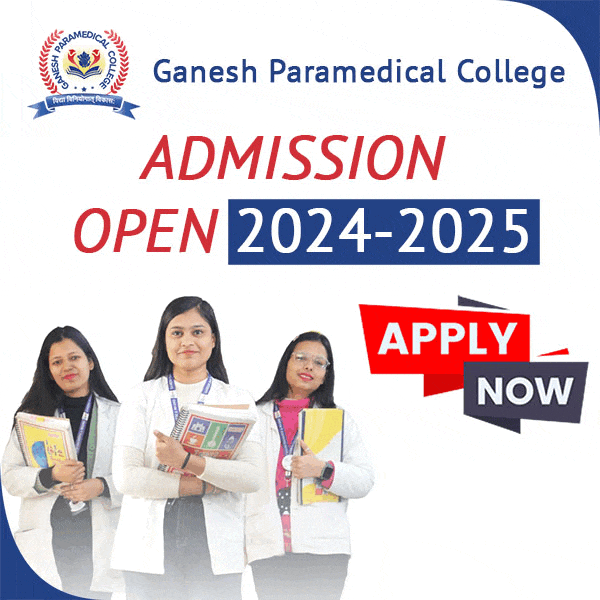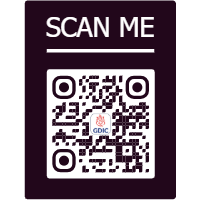
A brain blood clot is a condition in the blood vessel where the brain begins to narrow down by preventing enough blood from reaching other parts of the body.
A brain blood clot is a condition in the blood vessel where the brain begins to narrow down by preventing enough blood from reaching other parts of the body.
Common Brain Blood Clotting Symptoms headaches, pain, seizures and many more. However, blood clots can also lead to paralysis, permanent disability and death.
Read this blog further to find the symptoms and the things that can cause the formation of blood clot in the brain.
Types of Blood Clots and Their Outcomes
Ischemic Stroke:
It occurs when a blocked artery stops oxygenated blood from reaching your brain cells. It is the most prevalent artery-blockage-caused stroke. Narrowing brain blood vessels cause ischemia in the vessel's supply area. Atherosclerosis can block your blood vessels and induce an ischemic stroke.
Haemorrhagic Stroke:
Leaks from a weakened blood vessel cause nearby tissues to stop functioning. This kind of Brain Blood Clotting Symptoms leads to Uncontrolled abnormal blood damage to arterial walls. Damaged arterial walls adversely affect your brain cells and make your brain swell, which exerts pressure on the neighbouring brain tissues.
Causes of Blood Clot in the Brain
The common causes of a blood clot in the brain include:
Being obese or gaining excessive weight:
Uncontrolled weight contributes to plaque development and increases your risk of stroke.
Age:
Over the age of 55, your risk of suffering a brain stroke increases. Therefore, a regular Brain Blood Clotting Test is recommended for normal life.
Family history:
Your risk of having a blood clot in the brain and risk of having a brain stroke increases if your parent, grandparent, or any sibling has a history of conditions such as high blood pressure or a history of stroke.
Inactive lifestyle:
A sedentary lifestyle can lead to weight gain, which can trigger a stroke.
Consuming alcoholic beverages, tobacco, or illegal drugs:
Alcohol use, smoking, and drug usage are also the major causes of blood clots in the brain.
Symptoms of Blood Clot in the Brain
You can recognize the Brain Blood Clotting Symptoms in your body. Some common signs are:
Blurry and darkened vision:
You may experience blurry and darkened vision, loss of balance, and dizziness. It may seem like everything is spinning around you.
Headaches:
Headaches can last a day or two and may be accompanied by neck pain due to stiffness. If your headaches are severe, they're likely to make you feel weak and anxious. If the headaches persist for more than a week, you must talk to your doctor.
Slurred speech:
If you have slurred speech, it could be a sign of a stroke that's caused by a clot in your brain. If you're experiencing slurred speech and weakness on one side of your body, consult a doctor as it is considered as the major Brain Blood Clotting Symptoms.
Numbness:
Many people experience numbness on one side of the body. It could be a sign of a stroke that's caused by a clot in your brain. If you have numbness in one entire limb, it's better to consult a doctor.
Acute paralysis:
Acute paralysis can make it difficult for you to move the affected limb. It could also cause a stiff neck. This indicates that you may have a blood clot in the brain.
Trouble walking:
When a blood clot occurs in your brain, you may experience trouble walking as a result of one side of your body becoming weak.
Reach Out for the Right Assistance!
It is imperative to consult for blood clot issues if you are witnessing symptoms like cramping, throbbing or swelling in one part of the body.
Are You Seeking to Consult for a Brain Blood Clotting Test in Delhi NCR?
Ganesh Diagnostic and Imaging Centre Pvt. Ltd. has a wide range of medical professionals who accurately examine all the medical history symptoms that may have caused blood clotting in the brain.
They may help you perform corrective tests such as MRI or non-invasive ultrasound or CT Scan to get the images of arteries and veins. It will help them receive an accurate diagnosis to develop an appropriate treatment plan.









